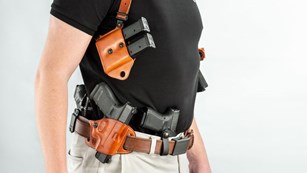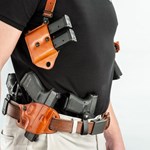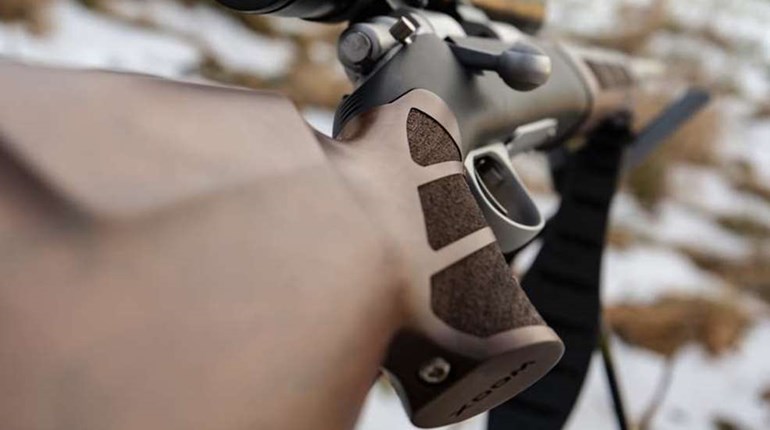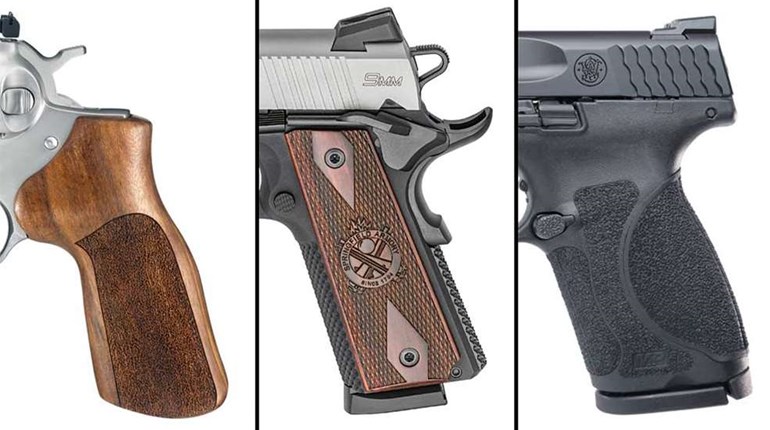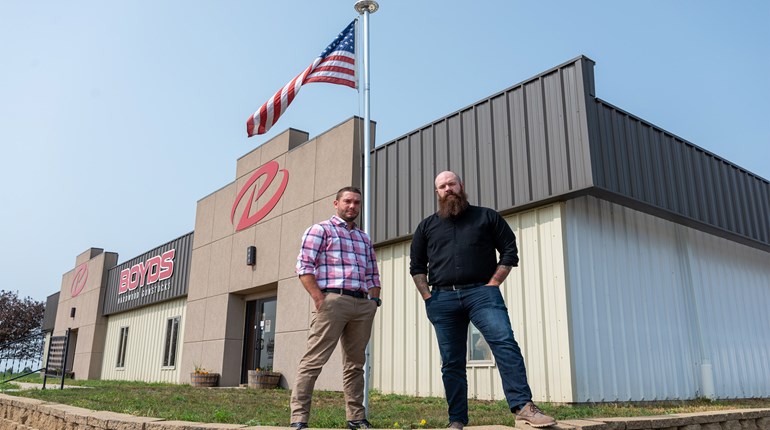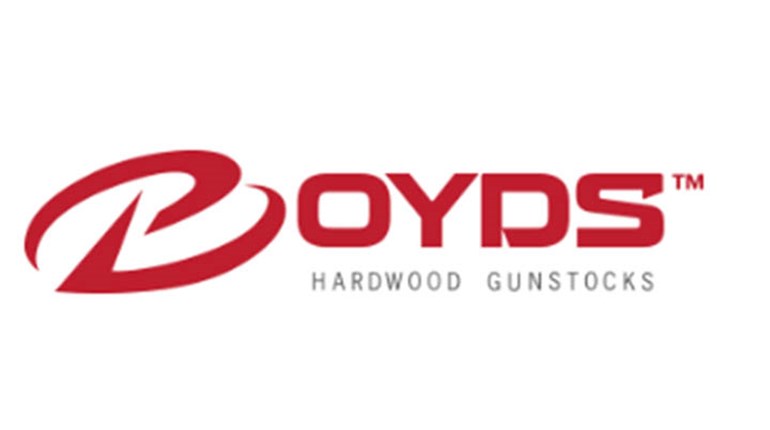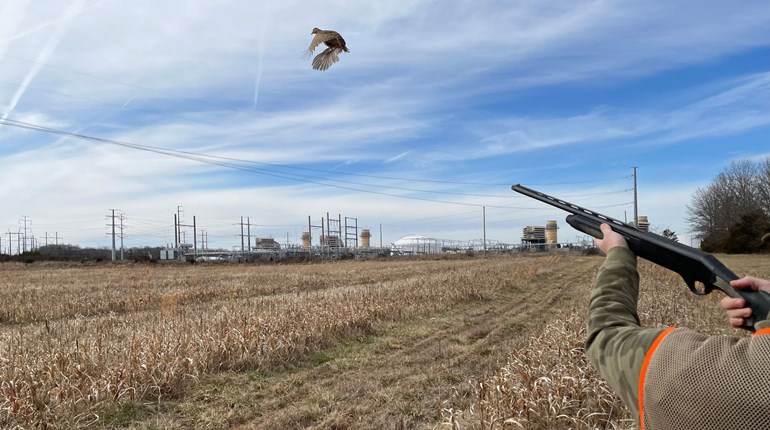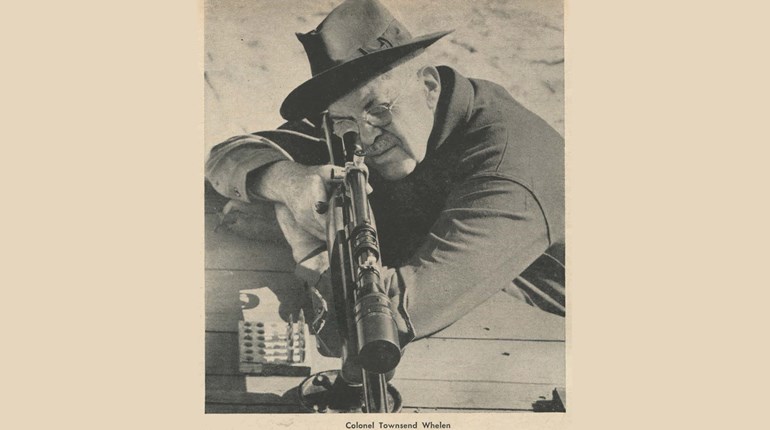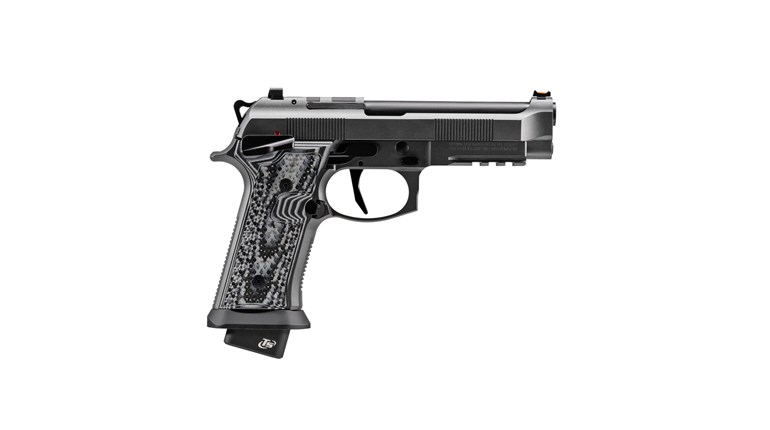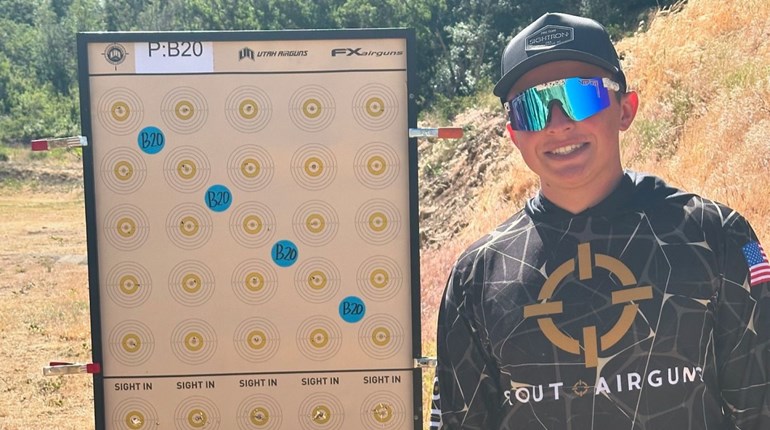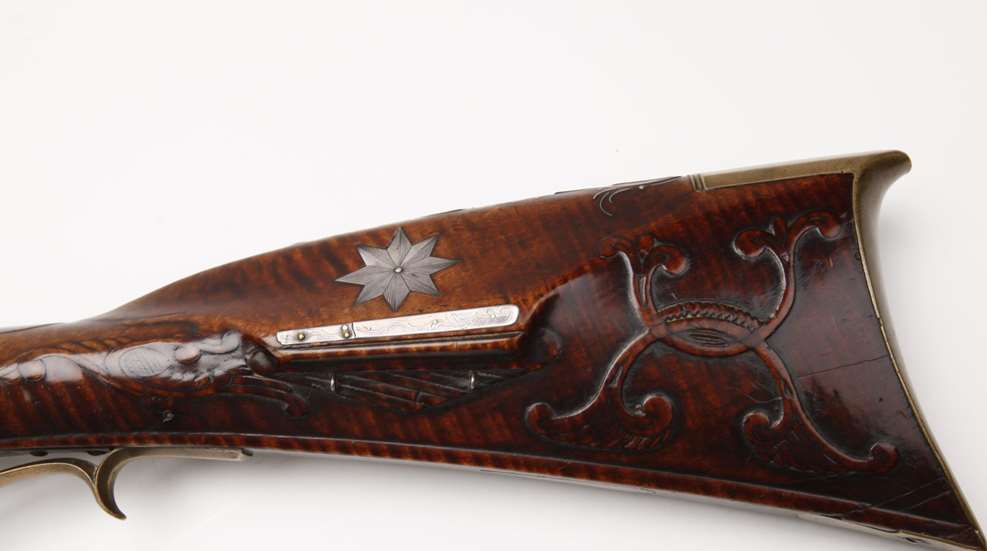
Most firearm stocks have some form of surface treatment intended to improve the shooter's grip in specific areas, such as the wrist, pistol grip or forend. Such treatments take a few common forms.
Checkering
Checkering consists of intersecting lines on the wood or synthetic surface, most often a diamond pattern with borders. Checkering may be accomplished by one of four methods: cutting, done either by hand or machine; laser etching, done by machine; impressing, using a heated metal die the reverse of the desired pattern to displace the wood surface; and molding (in the case of synthetic stocks). Checkering patterns may have different line spacing, which is expressed in L.P.I. (lines per inch). The higher the number, the more lines per inch and the finer the pattern. Most factory hunting rifles and shotguns are coarsely checkered with 16,18 or 20 lines per inch.
High-grade rifles and shotguns normally have finer checkering of 22, 24 or 26 lines per inch. For decorative purposes, some checkering is produced in a French or skip-line pattern, in which lines are omitted or skipped at regular intervals.
Synthetic stocks are very hard to checker by means of cutters, as the resin and fiberglass quickly wear cutter blades out. For this reason, many manufacturers of synthetic stocks cut checkering patterns into the molds to produce a checkered stock. Other synthetic stockmakers use rough surface paints or add non-slip materials such as fine sand or rubber-like inlays to the stock finish.
Stippling
Stippling is not as aesthetically pleasing as checkering, but produces an excellent gripping surface. For this reason, stippling is seen primarily on target arms. Stippling may also be seen on the frontstrap and backstrap of the grip frames of some target and defensive handguns.
Carving
Carving is uncommon on contemporary factory firearms, and is usually only found on high-grade custom arms. In a process analogous to metal engraving, the carver produces scroll, floral or other patterns, game scenes, or other types of artistic designs. Unlike checkering or stippling, whose primary purpose is functional, the carved patterns are primarily ornamental, and thus are not restricted to the gripping surfaces of the wrist and fore-end.









